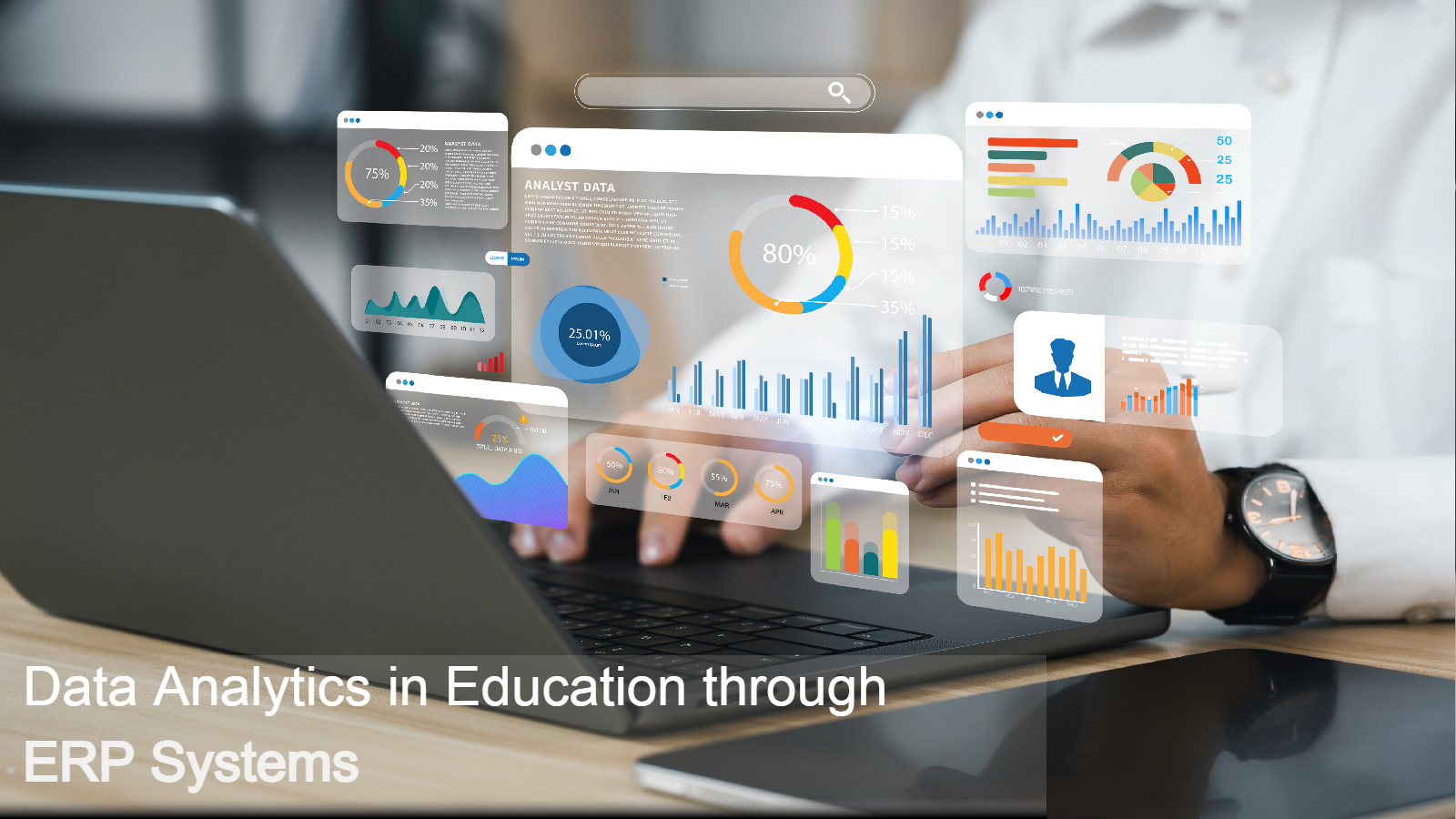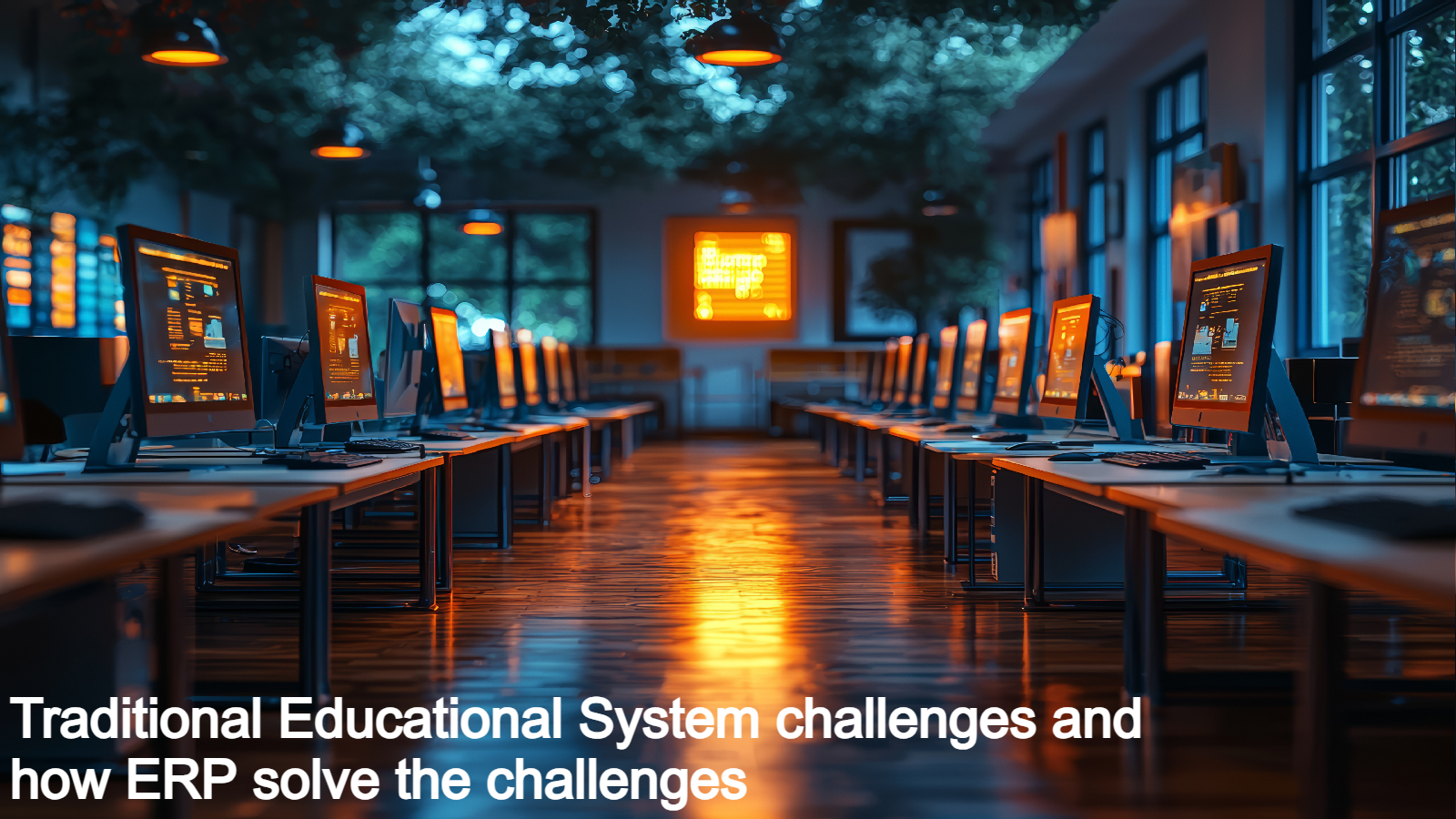Introduction
In the dynamic and ever-evolving educational landscape, institutions are continuously seeking innovative methodologies to enhance operational efficiency and optimize student engagement. One transformative solution lies in the integration of Enterprise Resource Planning (ERP) systems with advanced data analytics capabilities. By leveraging these tools, educational institutions can derive actionable insights, facilitating informed decision-making to refine their offerings and strategic operations. This article explores the pivotal role of ERP-driven analytics in revolutionizing education, focusing on optimizing resource allocation, tracking student performance, and understanding
Optimizing Resource Allocation
Efficient resource allocation is a cornerstone of operational excellence in educational institutions. ERP software solutions integrated with education analytics empower administrators to allocate resources such as classrooms, faculty, and equipment more effectively. By analyzing historical data and real-time usage patterns, institutions can identify underutilized resources and reassign them to areas of higher demand.
For instance, if certain classrooms remain consistently underutilized during specific time slots, administrators can adjust schedules or repurpose those spaces for other activities. Similarly, ERP platforms with analytics can provide insights into the demand for specialized lab equipment, ensuring that these resources are available when needed. This ERP-enabled, data-driven approach minimizes waste, enhances resource utilization, and ensures that students and faculty have access to the tools they need for success.
Tracking Student Performance
Understanding student performance is critical for fostering academic success and improving institutional outcomes. Education ERP systems with integrated analytics tools enable real-time tracking of student progress, helping educators identify patterns and intervene when necessary.
For example, analytics in ERP software can highlight students who are struggling in specific subjects or failing to meet performance benchmarks. Early identification of such trends allows educators to provide targeted support, such as additional tutoring or personalized learning plans. Furthermore, institutions can analyze overall performance metrics to evaluate the effectiveness of teaching methodologies and curriculum design, ensuring continuous improvement in academic offerings.
Timing plays a critical role in the course enrolment process. Data analytics within ERP systems can reveal patterns indicating peak and off-peak registration periods. For example, insights might indicate that the majority of students enrol in the late afternoon or during the initial week of a semester.
Understanding these enrolment behaviours allows administrators to optimize the scheduling of course registration, adjust deadlines, and ensure that support services are adequately resourced during high-demand periods. Furthermore, ERP solutions for education can inform the design of flexible scheduling options to accommodate diverse student needs, such as those balancing academic commitments with professional or personal responsibilities.
Conclusion
The integration of data analytics within ERP systems represents a paradigm shift in educational management. By harnessing insights into resource allocation, student performance, and enrolment trends, institutions can craft strategies that enhance operational efficiency and the overall educational experience. This ERP-powered, data-driven approach not only fosters institutional excellence but also ensures that resources are used effectively to meet the needs of students and educators alike. In an increasingly competitive global educational landscape, embracing ERP-driven analytics for education is not merely an enhancement—it is a strategic imperative for sustained success and growth.
Written by

Muhammad Akhimullah Bin Kaswan
Business Analyst








